page 1b
Progressive Thinkers as of 5/8/2020
|
| ||||||||||||||||||||||||||||||||||||||||||||||||||||||||||||||||||||||||||||||||||||||||||||||||||||||||||||||||||||||||||||||||||||||||||||||||||||||
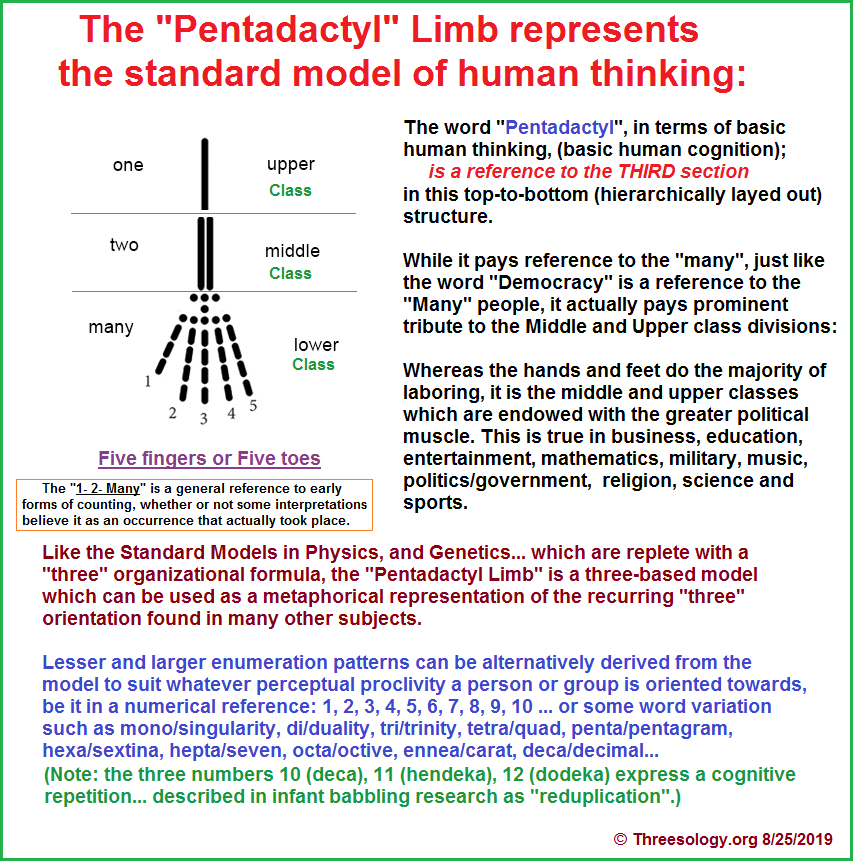
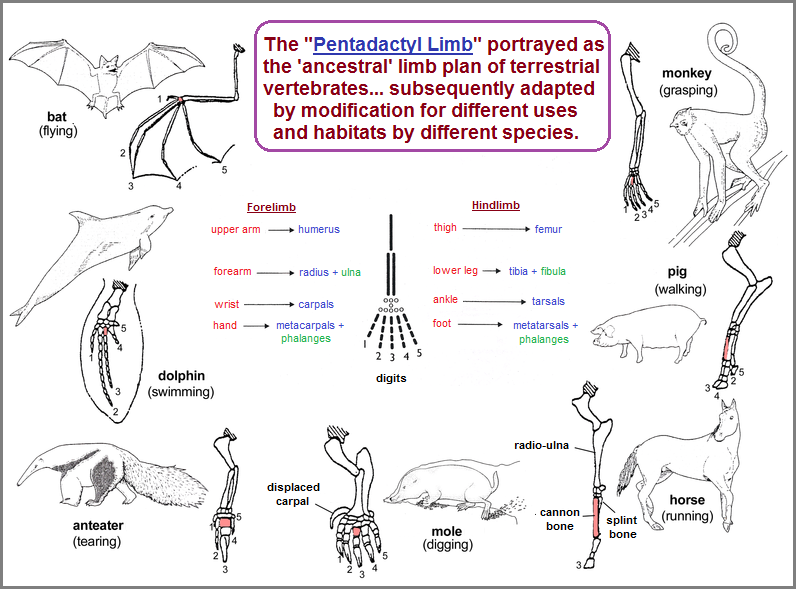
While many people are aware of the Rosetta Stone and its three languages compilation to the extent we can even find translation services featuring the word "Rosetta" meant as a creative association and ability, and even though some people may be aware of the Behistun and Galle three-language descriptions, it is not common to find all three placed together. In fact, I may have been the first to have done so. The listing of 3 "three-language" recordings is of importance not only to those of us interested in the "threes phenomena", but because it also describes a lack of sameness occurring with other numbers. For example, we do not find seven examples of those deposits with seven languages, unless one wants to explore metaphorical narratives where the word "language" can mean any type of expression and/or idea. In such a case, any list containing seven or some other number will suffice for those who wish to pose some supposed argument about the existence and cognitive importance of different individuals from different cultures indulging in the desire for and usage of three languages as an inscripted description.
Although we of today customarily do not find fault with someone claiming mathematics as a language, nor art, music, architecture as a language... or at least as a symbolic expression, it is not customary for one to think of "body language" in terms of biological functioning (and not social interactions). Nor is it customary to think of insect behavior as a language, though in fact, we can easily describe anything as a language... even if we do not know how to effectively translate the language into a human language form and formula. Whereas the reader of this page may have not trouble at all accepting the idea that language can assume different forms and formulas, they might well run into a stone wall if they were to describe such an idea to those whose orientations are concerned with day-to-day, hand-to-mouth personal survival interests where the dominant language is carried out with numbers and dollar signs. Nonetheless, the point is that in describing the idea of a "standard cognitive formula" and then present examples within the confines of ideas which continually use limited values such as the one, two, and three; those wanting to argue against this idea generally resort to using some other number or non-numbered idea as an example.
Just because a painting does not readily exhibit numbers, does not mean there is no numbering system underneath, as if someone painted a picture by filling in spots and spaces with a particular paint color or variation. There are numbers being used even if the person involved with a given expression is not aware of such a usage. For example, whereas someone may arrange a towel rack with large, medium and small towels (pieces of precisely cut terry cloth), should we discount the possibility that they are expressing a pattern-of-three for its number value as a cultural meaning? If someone arranges something in their life in groups according to a system of likability and an observer comes along and counts the groups as four or five or whatever number you are inclined to look for; is that which is being grouped an expression of an underlying cognitive orientation or the numerical value? And if you are one who wants to use intentional clutter or disarray to conceal a recurring patterned which you use and have come to acknowledge, does this change the inclination or merely obscure it, since the pattern of the obfuscation may be but one of two, or three, or four, etc., types you use... all of which when added together reveal the same pattern anyway.
Different cultures have been investigated by cultural anthropologists who have found different numerically reference cognitive patterns. While they may recite rituals, customs, dress, mythologies, etc., these items can be deduced as having some underlying cognitive pattern reducible to enumeration, just as enumeration may be viewed by a psychologist as an expression of some (usually sexual) related fixation or interest. However, they likewise could be interviewed to identify a cognitive numerical preference.
It can not be overstated that different people can have a different "favorite" or liked number. If we were to ask a room full of people to provide which number they preferred, we would find that... overall... there is a limited quantity of numbers being used. Imagine if you will a graph on a page or chalkboard to denote the different numbers being claimed, and we would find, depending on which group is asked, that there are numbers which are "favoritized" more than others. Not every group may show the same pattern of interests, but all of them do show a pattern of limited numbers being cited. Including the occasional claim for some number that is chosen other than what is being discussed. There are those who will, in effect, play the part of an outsider, or loner, or fringe sitter by claiming to like some number that is atypical for any group. Just like people who deliberately stay apart from others... for whatever reason... they may well wait to hear or see what everyone else chooses as their favorite number in order to claim something else... If not to think or feel they are different in a humble way, then in some type and level of superior position... though they may not be aggressive, combative or show any other interest in forcing or imposing themselves on others. This is not to say they aren't superior in some way, since they may have recognized something in themselves which others haven't, but the superior quality may not be applicable in any present or near future setting. It is like a person who thinks of themselves as having been born in the wrong place and time since what they think they observe in themselves is one or more qualities better suited elsewhere... and else-when. However, if they had a time machine enabling them to go to any time and place, they may well find themselves out of place there as well.
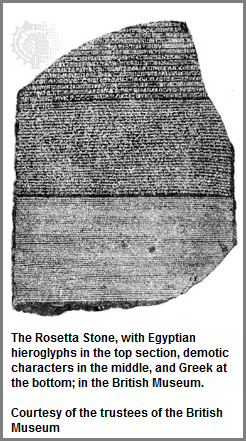
Wikipedia: The Rosetta Stone: is a granodiorite stele discovered in 1799 which is inscribed with three versions of a decree issued in Memphis, Egypt in 196 BC during the Ptolemaic dynasty on behalf of King Ptolemy V Epiphanes. The top and middle texts are in Ancient Egyptian using hieroglyphic and Demotic scripts respectively, while the bottom is in Ancient Greek. The decree has only minor differences among the three versions, so the Rosetta Stone became key to deciphering Egyptian hieroglyphs, thereby opening a window into ancient Egyptian history. |
Britannica, Rosetta Stone
(The Rosetta stone is an) ancient Egyptian stone bearing inscriptions in several languages and scripts; their decipherment led to the understanding of hieroglyphic writing. An irregularly shaped stone of black granite 3 feet 9 inches (114 cm) long and 2 feet 4.5 inches (72 cm) wide, and broken in antiquity, it was found near the town of Rosetta (Rashi-d), about 35 miles (56 km) northeast of Alexandria. It was discovered by a Frenchman named Bouchard or Boussard in August 1799. After the French surrender of Egypt in 1801, it passed into British hands and is now in the British Museum in London.
The inscriptions, apparently composed by the priests of Memphis, summarize benefactions conferred by Ptolemy V Epiphanes (205–180 BC) and were written in the ninth year of his reign in commemoration of his accession to the throne. Inscribed in two languages, Egyptian and Greek, and three writing systems, hieroglyphics, demotic script (a cursive form of Egyptian hieroglyphics), and the Greek alphabet, it provided a key to the translation of Egyptian hieroglyphic writing.
The decipherment was largely the work of Thomas Young of England and Jean-Francois Champollion of France. The hieroglyphic text on the Rosetta Stone contains six identical cartouches (oval figures enclosing hieroglyphs). Young deciphered the cartouche as the name of Ptolemy and proved a long-held assumption that the cartouches found in other inscriptions were the names of royalty. By examining the direction in which the bird and animal characters faced, Young also discovered the way in which hieroglyphic signs were to be read.
In 1821 - 22 Champollion, starting where Young left off, began to publish papers on the decipherment of hieratic and hieroglyphic writing based on study of the Rosetta Stone and eventually established an entire list of signs with their Greek equivalents. He was the first Egyptologist to realize that some of the signs were alphabetic, some syllabic, and some determinative, standing for the whole idea or object previously expressed. He also established that the hieroglyphic text of the Rosetta Stone was a translation from the Greek, not, as had been thought, the reverse. The work of these two men established the basis for the translation of all future Egyptian hieroglyphic texts. ("Rosetta Stone." Encyclopædia Britannica Ultimate Reference Suite, 2013. (Britannica.com: Rosetta Stone)
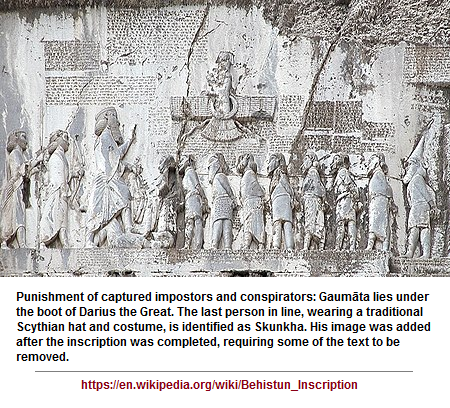
Behistun Inscription: (also Bisotun, Bistun or Bisutun; Old Persian: Bagastana, meaning "the place of god") is a multilingual inscription and large rock relief on a cliff at Mount Behistun in the Kermanshah Province of Iran, near the city of Kermanshah in western Iran, established by Darius the Great (r. 522 - 486 BC). It was crucial to the decipherment of cuneiform script as the inscription includes three versions of the same text, written in three different cuneiform script languages: Old Persian, Elamite, and Babylonian (a variety of Akkadian). The inscription is to cuneiform what the Rosetta Stone is to Egyptian hieroglyphs: the document most crucial in the decipherment of a previously lost script. |
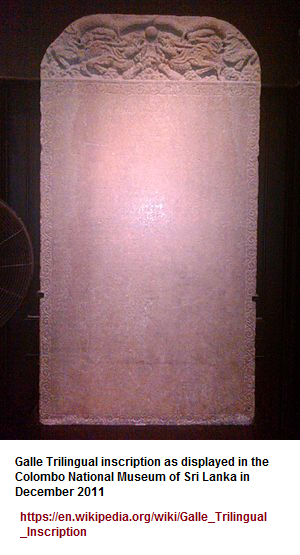
The Galle Trilingual Inscription: is a stone tablet with an inscription in three languages, Chinese, Tamil and Persian, located in Galle, Sri Lanka. The stone tablet, dated 15 February 1409, was installed by the Chinese admiral Zheng He in Galle during his grand voyages.
The text concerns offerings made by him and others to the mountain Adams Peak in Sri Lanka. The Chinese inscription mentions offerings to Buddha, the Persian in Arabic script to Allah and the Tamil inscription mentions offering to Tenavarai Nayanar (Hindu god Vishnu). The admiral invoked the blessings of Hindu deities here for a peaceful world built on trade.[4] The stele was discovered in Galle in 1911 and is now preserved in the Colombo National Museum. On his third voyage, Zheng He sailed from China in 1409, and carried with him the trilingual tablet which he planned to erect in Sri Lanka. The date equates to 15 February 1409, indicating that it was inscribed in Nanjing before the fleet set out. The Chinese portion gives praise to the Buddha and records lavish offerings in his honour. The tablet was found by an engineer, S. H. Thomlin, in 1911 in Galle. It can now be seen in the national museum in Sri Lanka. A modern replica of the stele has been installed in the Treasure Boat Shipyard Park in Nanjing, along with copies of other steles associated with the voyages of Zheng He. |
Universities are sometimes viewed as marketplaces where the wares being offered are different perspectives within which are generated specialized vernaculars a addressing a wide spectrum of interests, many of which involve the acquisition of a social position, social power and financial support for one's livelihood. While there are a few who seek knowledge to uncover the existence of some presumed revelatory truth and are not focused predominantly on developing some personal social advantage with respect to money or career position, all of us seekers-of-truth latch on to some language preference that provides us with personally useful metaphors for perceiving, analyzing and illustrating our perceptions. Sometimes these illustrations, like the SCM, have a wider appeal than others, because they are a type of Rosetta stone. If not presenting us with the threshold of a possible doorway, than a keyhole or presumed key... be it a universal skeleton key or three-patterned code for a combination lock whose sequence we try to work out. Is it right- left- right like the directions given to children before crossing a street, or the left, left, left... right of marching: Gimme' (give me)- your left, Gimme' your left, Gimmee' you left—right.? Or is it some diagonal, vertical, horizontal move applied in a chess-like manner? Or how about in a solid- liquid- gas ensemble of formulation? Or how about the [1/3rd, 2/3rds, 1} three-patterned ensemble of particle physics, if not the 3 quarks/3 anti-quarks, proton-neutron-electron ensembles?
However, it is rather foolish to expect humanity to discover a Theory of Everything from a perspective isolated on a planet in a solar system undergoing an incremental deterioration that humanity, as a biological organism is being forced to adapt to and thus create accompanying rationalizations for... such as all the ideas being heard in the marketplace of ideas. One of which is the costly built toys of particle physics called the Hadron collider whose funds would be better spent if humanity would direct its energies for getting the species off the planet, out of the Solar system and then away from this galaxy.
Quite frequently from my time and place in the American culture to which I presently reside, I encounter such representations involving the languages of English, Spanish and French, though on some occasions I have encountered more than three languages supplied as an instruction and/or information manual for some products. In fact, one might see a given type face and size being used preferentially for a given language as an expressed egotistical assertion imposed on manufacturers by a government insisting that its desired language be shown in a prominent manner over other languages. In the American culture it is not infrequent to find the usage of the English, French and Spanish languages on different products which are sold in Canada, Meso-America (Mexico), South America and the U.S. Here is but one example:
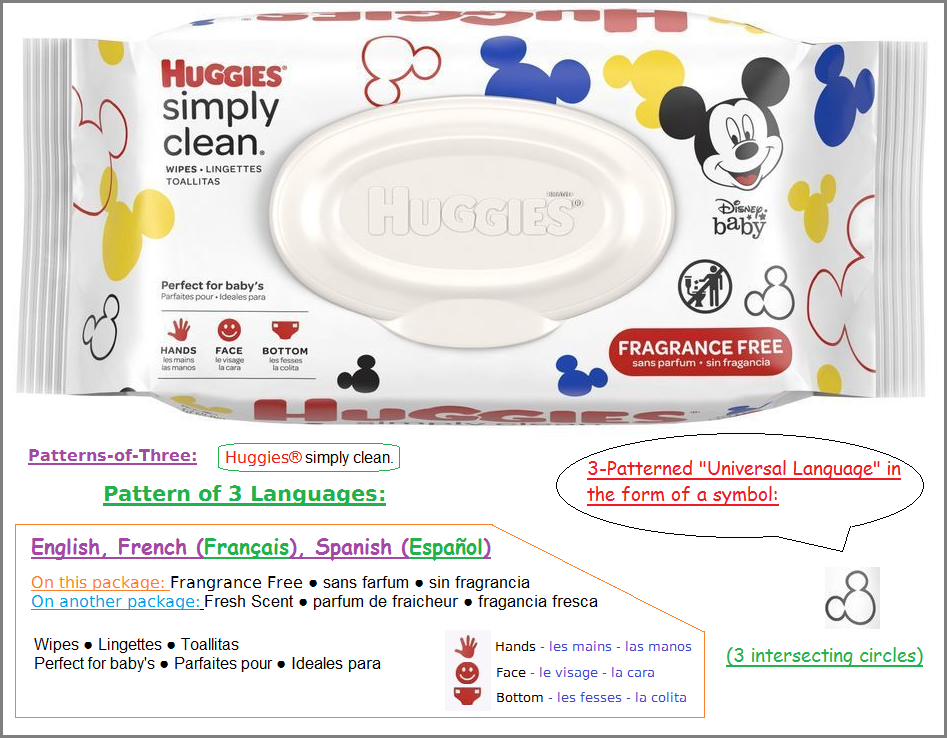
Other products may have their own commonly occurring suite of languages, depending on where a given product is sold or available to be purchased. Hence, let me mention that writing systems are a type of coded languages one need not necessarily be fluent in so long as they have what is frequently referred to as a "key" by which to unlock an assumed message waiting to be deciphered... and yet deciphering does not guarantee the contents of the message... be it a string of words, numbers, or other symbols and spaces; will be appreciably understood as the writer intended... though the (otherwise crude) decipherment may be applied to some familiar context... even if it is not actually intended for the context to which someone has applied it to. Very often where one supposes some magical, mystical or otherwise informative information is thought to exist (like so very many misguided explorer of the past who may nonetheless have sincere and honest intentions of discovering something that will be of great value to humanity); turns out to be an everyday grocery or "things to do" list. though what we have seen thus far in deciphering ancient texts, is little more than some inventory of goods or personalized exploits of those who have been in a position of capitalizing on their greed or lust for goods, services, territory, power, wealth, etc... So much for the sought after and hoped-for great knowledge and wisdom supposedly held by ancient peoples that either became lost or destroyed.
Alas, their appears to be no profound wisdom, knowledge, insight, appreciation, etc., to be discovered and make monumental usage of for the betterment of humanity. The information thus far being found is typically shelved onto some museum rack because it has no practical value though philosophers retain an intellectual interest in a small part of a larger conversation relevant to their time and requirements of practicality. In other words, when words or symbols or impressions do not provide some starkly preserved great understanding to be unveiled; people make things up and often engage in rationalization in an effort to make use of something that may have cost a lot of time, energy, money and other resources. Making usage of it helps to mollify any misgivings which may arise as to the loss of any resource that might have been put to better usage elsewhere, if only those with the resources had the necessary wisdom for a fruitful application thereof. Sometimes, decoded messages are then subjected to someone else's code, thus doubling up the need for understanding the first script. Additional codes may either complicate or assist in the decipherment thereof, by linking together what may be thought of as unconnected or disparate ideas.
However, before continuing, since we humans are animals whose behavior mimics experiences we are experienced to, let us ask if the "threes phenomena" (like other patterns) is the result of some recurring influence? Do the three systems of expression used in the foregoing rock formations exhibit a mimicry of conscious and/or unconscious experiences involving similar patterns? In effect, if we cite a triplet code in DNA, are we using three different forms of expression and yet do not realize that we are? Or how about the three families of fundamental particles? Are each of them a type of language or symbolism which reveals a "deeper" knowledge but the human mind is getting in the way of a correct translation because we are resorting to the usage of old systems of metaphor such as religion, mathematics, etc? Do we need to develop a new system of metaphor for being able to interpret the constructed "Rosetta Stones" being found in multiple subjects such as the triplet code of DNA, three families of fundamental particles, three social classes, three colored stop lights, etc., etc. etc., even though we make usage of the patterns for what we think are practical applications? Like having found a chunk of stone that we think is pretty and use as a paper weight or door stop without realizing its greater potential or actual identity? Is this what we are being confronted with when we have created the idea of three families of fundamental particles? Are we using the information in a compacted form akin to a compressed ball of wax that we use for some practicality only to serve to make ourselves feel we have not wasted our time in our efforts to create the ball of wax with three different strains of color, sound, symbol, etc?
While we use various forms of metaphor (although typically words, numbers and other symbols) in devising an illustration of what we think we are perceiving and that the perception re-occurs in a three-patterned format, do we need to provide the metaphors used in one subject area to others? for example, though we have used the metaphors (vernacular) of physics to describe particle physics, is particle physics better understood (thereby providing greater insight) if we were to use the language of some other subject? Can we devise a computer program which will assist us in cross-referencing the metaphors (and patterns thereof) of one subject with that of another? Since leaps and bounds of discovery are very often discovered by someone applying a different technique (a different metaphor), can we not increase the opportunity of discovery (and perhaps application) if we were to introduce a controlled type of serendipity, ("experimental accident")? Then again, if we did develop a program which could align different three-patterned (etc...) ideas with different symbols (like a slot machine or the old World War II wheeled code {Enigma} machines), would we also need a computer program to assist us in the interpretation thereof? While we might stumble on a very unique combination (like someone figuring out the sequence of numbers to open a safe or combination lock), how would we know what to do with the contents found inside if we have no former, no previous basis for realization... because that which is found is significantly different than what the human mind is accustomed to in thinking about... or goes against one or more grains of conventionality?
While we have created different types of "locks" based on the kinds of combinations (listed items such as particles, amino acids, social classes we think we have found and give an account of, we do not know if either the lock design or the combinations are correct. For example the combinations of particles are being subjected to the intellectual manufacturing process typically used by physicists to unlock some supposed "Theory of Everything" or "Grand Unified Theory", while geneticists use the combinations of three amino acids (actually four which should be referenced as a three-to-one ratio), to assume they have unraveled the secret code of life, instead of having uncovered but a sequence in a larger system of lock tumblers. While the code can unlock a DNA ancestry, it does not help us in its present form to unlock the mystery of why a pattern-of-three is being used...over and over and over again as if we are being subjected to a rigged system seen in present day casino gaming houses.
The first slot machines in the modern sense were invented by Charles August Fey, at the time a mechanic in San Francisco, who built his first coin-operated gambling machine in 1894. The following year Fey built the 4-11-44 in his basement; it proved so successful at a local saloon that he soon quit his job and opened a factory to produce more units. In 1898 Fey built the Card Bell, the first three-reel slot machine with automatic cash payouts. The Card Bell had a handle that set the reels in motion when it was pushed down and playing card suitmarks that lined up to form poker hands. His next slot machine, the Liberty Bell, was built in 1899 and used horseshoes and bells as well as playing card suitmarks on the reels. Three bells lined up in a row meant the top payout. Chiefly because of the 1906 San Francisco earthquake, only 4 of more than 100 Liberty Bell machines built by Fey survive. The Liberty Bell proved immensely popular among saloon patrons in San Francisco and was quickly copied by Fey's competitors, such as the Mills Novelty Company of Chicago.
Forces of morality and the clergy, and then of law, frequently opposed the operation of slot machines. By the time San Francisco banned them in 1909, there were some 3,300 slot machines in the city. In order to circumvent the law, Fey and his competitors built machines with no coin slots in which purchase and payout (perhaps in drinks and cigars) occurred surreptitiously across a saloon counter. Soon most slot-machine factories relocated, especially to Chicago.
The ubiquitous reel symbols of various fruits were first used in 1909 by the Industry Novelty Company. In an effort to circumvent legal restrictions on slot machines, the company called its machines chewing gum dispensers, replaced suitmarks on the reels with fruit symbols that suggested various flavours of chewing gum, and built a few machines that really did dispense gum. The idea was copied in the following year by the Mills Novelty Company, which added on their reels a picture of a chewing gum pack (soon stylized as the well-known "bar" symbol). The Mills Novelty Company also invented the "jackpot" in 1916, whereby certain combinations of symbols on the reels regurgitated all the coins in the machine.
After World War II the machines came into worldwide use as governments were drawn by the prospect of tax revenue. (In 1988 slot machines were permitted in French casinos, ending a 50-year ban.) In the 1950s electromechanical slot machines allowed many new payout schemes, such as 3- and 5-coin multipliers, where the sizes of the payouts are proportional to the number of coins inserted before the handle is pulled. Video slot machines, which simulate reels on a monitor, were introduced in Las Vegas in 1975. Such machines have had limited success; for the slot-machine addict, the action of pulling the handle, the sound of the reels falling into line, and most of all the jangle of cascading coins are essential parts of the attraction. In 1986 electronic systems were introduced to link numerous slot machines in different locations and thereby allow a fraction of each inserted coin to go into a shared "super jackpot" which may reach an extremely large size before it is won; for example, in 2003 a Las Vegas slot machine paid out nearly $40 million.
Modern slot machines contain solid-state electronics that can be set for any desired frequency of payouts. Thus, the house advantage varies widely between about 1 and 50 percent depending on circumstances, such as legal requirements and competition from other casinos. Slot machines are by far the largest profit generator for nearly every casino, averaging 30 to 50 percent or even more of total revenue. Nevada alone has more than 200,000 slot machines. During the 1990s their number began to slowly decline because of competition from video poker machines.
Dan Glimne: Writer and game designer. Author of Pokerhandboken, among others.
"slot machine." Encyclopædia Britannica. (Britannica.com: Slot Machine)
Wikipedia Slot Machine: Symbols can vary depending on the machine, but often include objects such as fruits, bells, and stylized lucky sevens. Most slot games have a theme, such as a specific aesthetic, location, or character. Symbols and other bonus features of the game are typically aligned with the theme. Some themes are licensed from popular media franchises, including films, television series (including game shows such as Wheel of Fortune), entertainers, and musicians.
At the dawn of the slot industry, reels had only ten symbols on them but with the development of technologies, the number has increased drastically. Manufacturers wanted to add more symbols for more possible combinations, which in turn allowed them to offer bigger winnings and, thus, to attract more players.
Let us look at an example and calculate how many possible combinations a three-reel slot machine with 10 symbols on each wheel has.
Combinations = 10 x 10 x 10 = 1,000
This means the chances of hitting the rarest combination are 0.1%, which translates into smaller maximum winnings for the player because the machines are designed to be profitable for the company that operates them.
Later on, the typical slot machine consisted of three reels with 20 symbols on each of them, which translates into 8,000 combinations. An improvement, which nevertheless restricted slot machine operators from paying out major jackpots.
However, with the advancement of the electronic age and the implementation of microprocessors, the possible combinations have grown substantially. For example, a digital reel may have 256 symbols on it for more than 16 million possible combinations.
Those calculations only apply to three-reel slot machines, but as we mentioned before, the one-armed bandits could have up to ten reels, for a total number of combinations of 1,20892582×1024!
Components of the Slot Machine Casino News Daily, April 25th, 2020
Like slot machines whose symbols have changed from time to time, for example; if we were to take the words Proton, Neutron, Electron and put them or some associated symbols on the wheels of a different type of "slot machine" (put into play for enhancing human knowledge) along with words such as adenosine, Major premise, A, cytosine, Minor premise, B, guanine, Conclusion, C, or xyz, A2 B2 C2, hamburger, fries, soft drink, etc..., and instead of the customary assortment of proton- neutron- electron we encounter adenosine- cytosine- guanine but have no previous experience for the usage of the latter three; can we make usage of them because we humans have somehow consider the three ideas now being used in a different subject area other than physics, to have a similar valuation independent of and yet in congruous with the whole? Is it possible to devise a computer program to not only be smarter than ourselves but be able to teach us to be smarter than the humanity we are under the ongoing incremental deteriorating conditions of the Earth, the Solar system and galaxy? Can we set a computer program into operation which will become self-aware and learn how to learn and develop the existence of a consciousness which some refer to as an emergent property which comes about by a certain accumulation of information which "boils over" so-to-speak... like a fish not only having evolved lungs and feet, but the realization they must get out of the frying pan?
In most cases, academic subjects construct a roulette wheel, poker table, slot machine, dice table, etc., with a limited set of symbols and or main ideas. By so doing, the authority of the established particularized game(s) can ensure the ideological outcome. For example, this is akin to limiting the symbols on a slot machine to two or three affixed to three wheels. While there are researchers in given fields who have come to intellectually practice altering the combinations of symbols, they typically retain the same number of wheels which give us such ideas as three families of fundamental particles and a triplet code, and three colored stop- wait- go lights, three main university degrees, etc...
Instead of being dependent on nature and nurture (genetics and social circumstances) to produce the occasional genius, gifted person, idiot savant, talented, etc. individual to come up with some startlingly new idea and/or product and/or application of an old idea or product; can we not come to view the many occurrences of "threes" (as well as the overall limited pattern array we use) as items that can be placed on slot machine wheels; and given a controlled context; help to produce greater insight than that which at present gives the impression humanity is being subjected to a rigged system? Not only do we see a limited number of cognitive patterns, but nature itself appears to be playing this same game of conservation in that when we cite the periodic table of elements, we see that there is a limited quantity and quality.
Date of (series) Origination: Saturday, 14th March 2020... 6:11 AM
Date of (this page's) Initial Posting: Friday, 8th May 2020... 4:48 PM
Updated Posting: Monday, 24th January, 2022... 11:01 AM